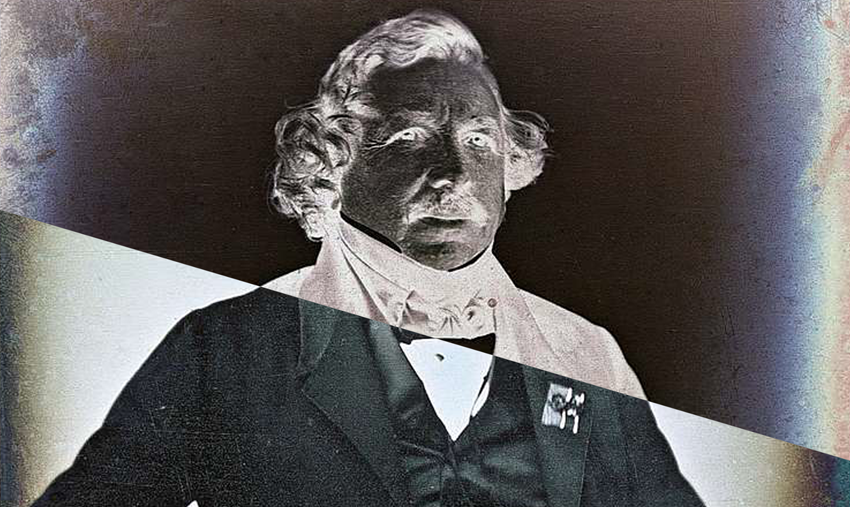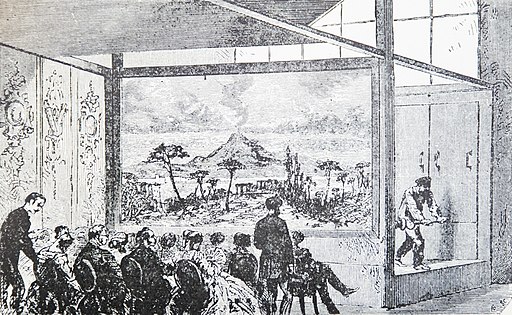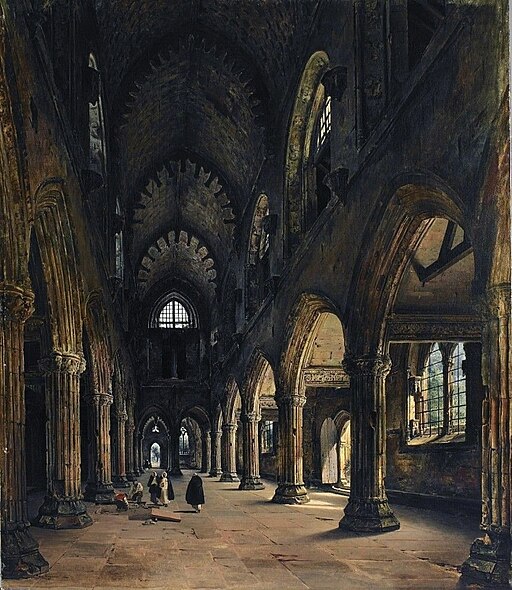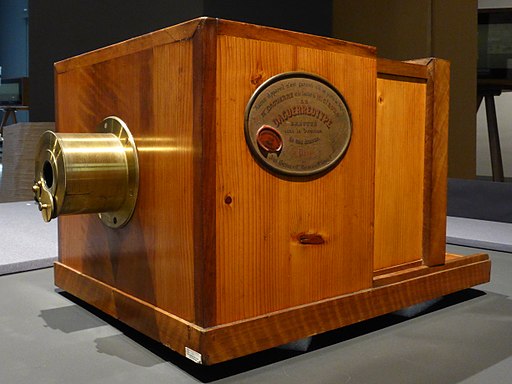Say ‘fromage’
The multiple lives of Louis Daguerre, the father of modern photography

On Jan. 9, 1839, the French Academy of Sciences in Paris broke from its meeting to tell the world that Louis Daguerre had won the race to create photographs. Unveiling the daguerreotype photo process, Daguerre ushered in the beginning of a new era of practical photography. But it wasn’t even his first brush with fame – nor his only lasting contribution to the arts.
Would-be photographers had manipulated light-images before the daguerreotype, with devices like the camera obscura (which projected images through a small hole) or the camera lucida (an optical device used as a drawing aid). But the images would vanish with exposure to light, as there was no known method of keeping, or “fixing” the photos. Daguerre’s revolutionary process produced detailed and sharp images on metal plates that developed faster and were more affordable to make than a painted portrait.
But by this time, Daguerre himself had already been renowned as a manipulator of light. Working in his original career as a painter and stage decorator, alongside colleague Charles Marie Bouton, he created a whole light show with a familiar name: Diorama.

Diorama by Daguerre and Bouton (1822)
image: MarieLince, Public domain
Beginning in 1822, Daguerre wowed the crowds at this popular three-dimensional show, set in a showroom that could fit 350 people. The audience could see two detailed, stage-sized tableaux, one an interior scene and the other an exterior, through a proscenium-type arch. While the tableaux were too large to move, the dark cyclical auditorium itself revolved from one scene to another, brought to life by changing special effects like movement, shadows, lights, sounds, and filters. Over the first eight years, 21 dioramas transported people through different times and places including mountain, country, and city scenes, and the interiors of religious sites like the Canterbury Cathedral, the Temple of Solomon, and the Rosslyn Chapel.

Through the popularity of the Diorama, Daguerre met Nicéphore Niépce, who had been experimenting with his “heliographic” chemical process for fixing images on pewter. The two began collaborating on a permanent image camera, achieving primitive success as early as 1826; but Niépce died in 1833, leaving Daguerre to continue their work. When he hit paydirt in 1839, the French government purchased the rights to the daguerreotype process, in exchange for lifetime annuities for Daguerre and also Niépce’s son (classy!)

image: Carlos Teixidor Cadenas, CC BY-SA 4.0
By the time Daguerre himself died in 1851, his photo process had swept across two continents – in fact, Civil War photographer Mathew Brady had already set up studios in New York and Washington. And today we’re still making photos and dioramas – albeit much smaller ones – so on this 185th anniversary of the daguerreotype, pour out some mercury vapor for Monsieur Daguerre. Merci!
